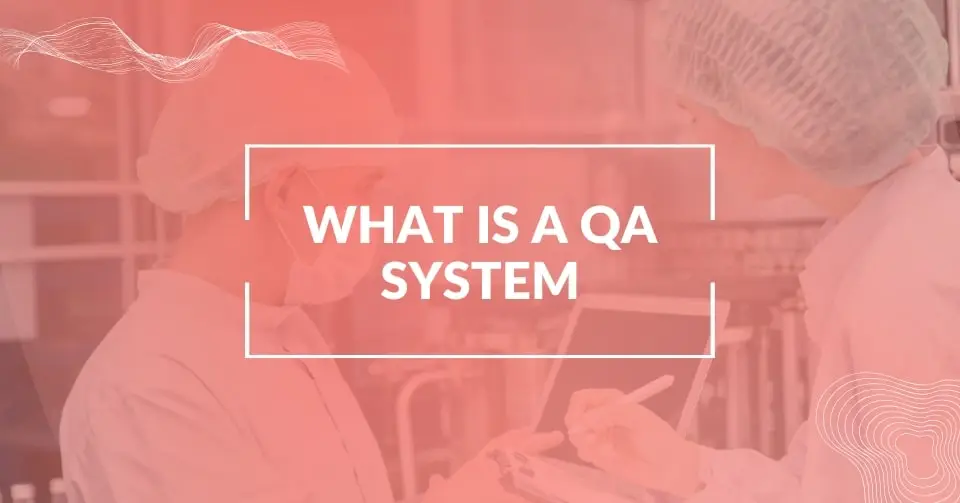Environmental monitoring plays a critical role in food operations and serves as a fundamental aspect of food safety management. By implementing a comprehensive Environmental Monitoring Program (EMP), food manufacturers can proactively identify and mitigate these risks. This proactive approach is essential for detecting the presence of pathogens or indicator organisms that could compromise food safety.
Regular environmental monitoring not only helps in maintaining compliance with regulatory requirements but also ensures consumer safety by preventing foodborne illnesses.
In essence, Environmental Monitoring is a critical component in the assurance of food safety, public health and consumer trust in the food supply chain.
Follow these steps to develop an effective Environmental Monitoring Program to comply with the SQF Code 2.4.8 element.
- Conduct a Risk Assessment: Conduct a detailed risk assessment of the facility and identify areas where environmental contamination can occur.
- Define the Scope: Establish the scope of the EMP, focusing on the pathogens that are pertinent to your operation’s environment.
- Develop and Implement the EMP: Write the methods and responsibilities within the EMP. Responsibilities include sampling, testing, results review, and trend analysis. In addition, a sampling and testing frequency must be established based on the risk assessment conducted.
- Establish Sampling and Testing Methods: I highly recommend that sampling methods are standardized and trained to ensure consistency. Testing methods must be validated. This validation is ensured through ISO 17025 Certification that is required in the SQF Code.
- Establish Data Management and Trend Analysis: Implement a system for recording and tracking environmental testing results. Ensure data is easily accessible. Regularly analyze data to identify trends or recurring issues. Use statistical tools for trend analysis to spot subtle changes over time.
- Establish Corrective Actions: Develop and implement preventative actions in response to unsatisfactory results or identified trends.
- Review and Improve: Regularly review the effectiveness of the EMP. Adjust the program based on findings and industry developments.
- Training and Awareness: Conduct regular training sessions for all staff involved in the EMP. Ensure understanding of the importance of environmental monitoring in food safety. Keep up to date with industry standards and regulatory changes. Engage in continuous learning and improvement of environmental monitoring practices.
In conclusion, a comprehensive Environmental Monitoring Program (EMP) is key in ensuring food safety as it controls the reintroduction of potential biological hazards that are present in the environment of the facility. By conducting thorough risk assessments, defining clear program scopes, employing consistent testing methods, and maintaining robust data management, food manufacturers can effectively manage environmental risks. This proactive approach is vital for preventing foodborne illnesses and maintaining consumer trust. Regular training, continuous improvement, and adaptable practices within the EMP are crucial to keep pace with industry standards and regulations. Adherence to these steps not only meets the SQF Code 2.4.8 requirements but also demonstrates a strong commitment to quality and consumer safety, contributing to a more secure food supply chain.
FAQs
Opt for areas most prone to contamination, such as processing lines, HVAC outputs, and locations near entry points. These strategic points increase the likelihood of detecting pathogens early.
Sampling frequencies should be reviewed annually or whenever there are significant changes in production processes, facility layout, or after a contamination event to ensure ongoing effectiveness.
Pathogen testing targets specific harmful microorganisms, while indicator organism testing monitors for general bacterial presence, signaling potential hygiene or process control issues.
Yes, an EMP helps identify contamination sources early, allowing for swift corrective actions before affected products reach consumers, thus potentially reducing the frequency and scope of recalls.
ISO 17025 Certification ensures testing methods meet international standards for accuracy and reliability, which is critical for credible results and compliance under the SQF code.






